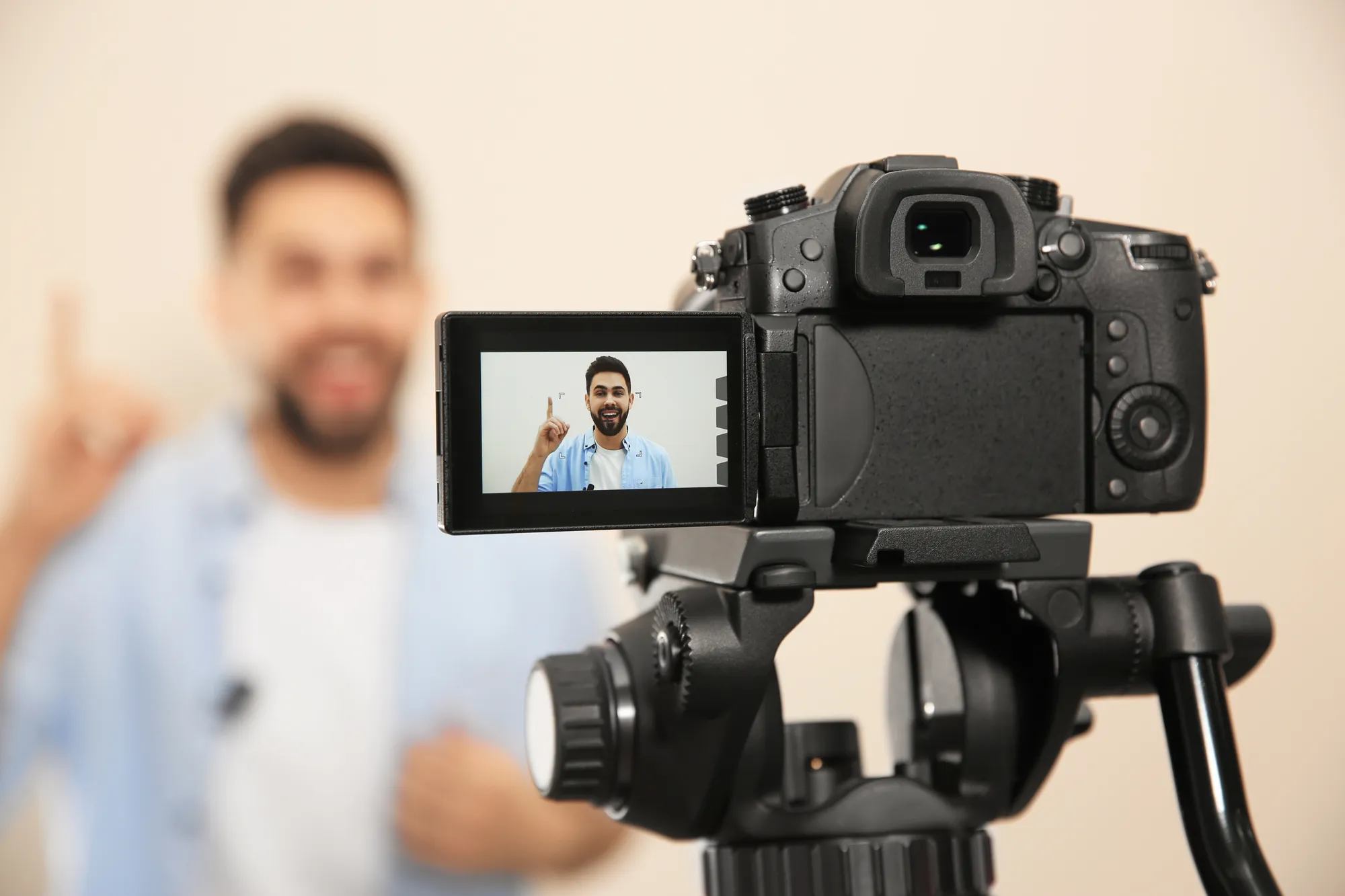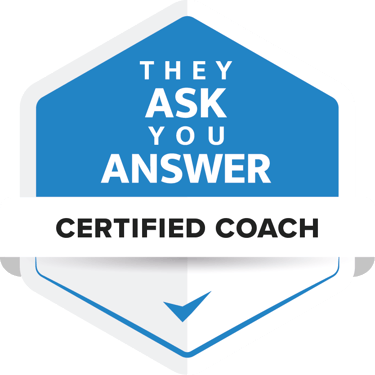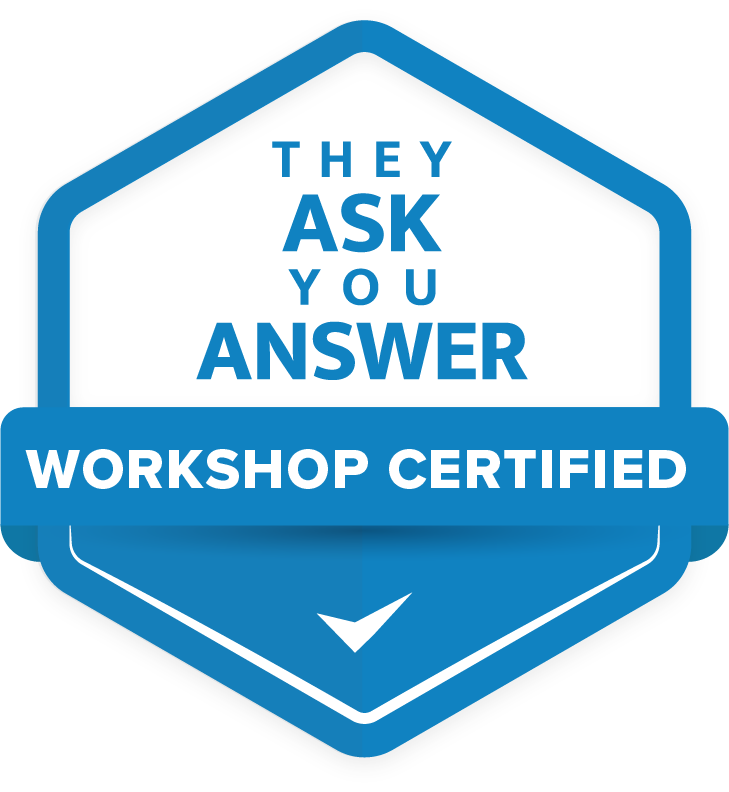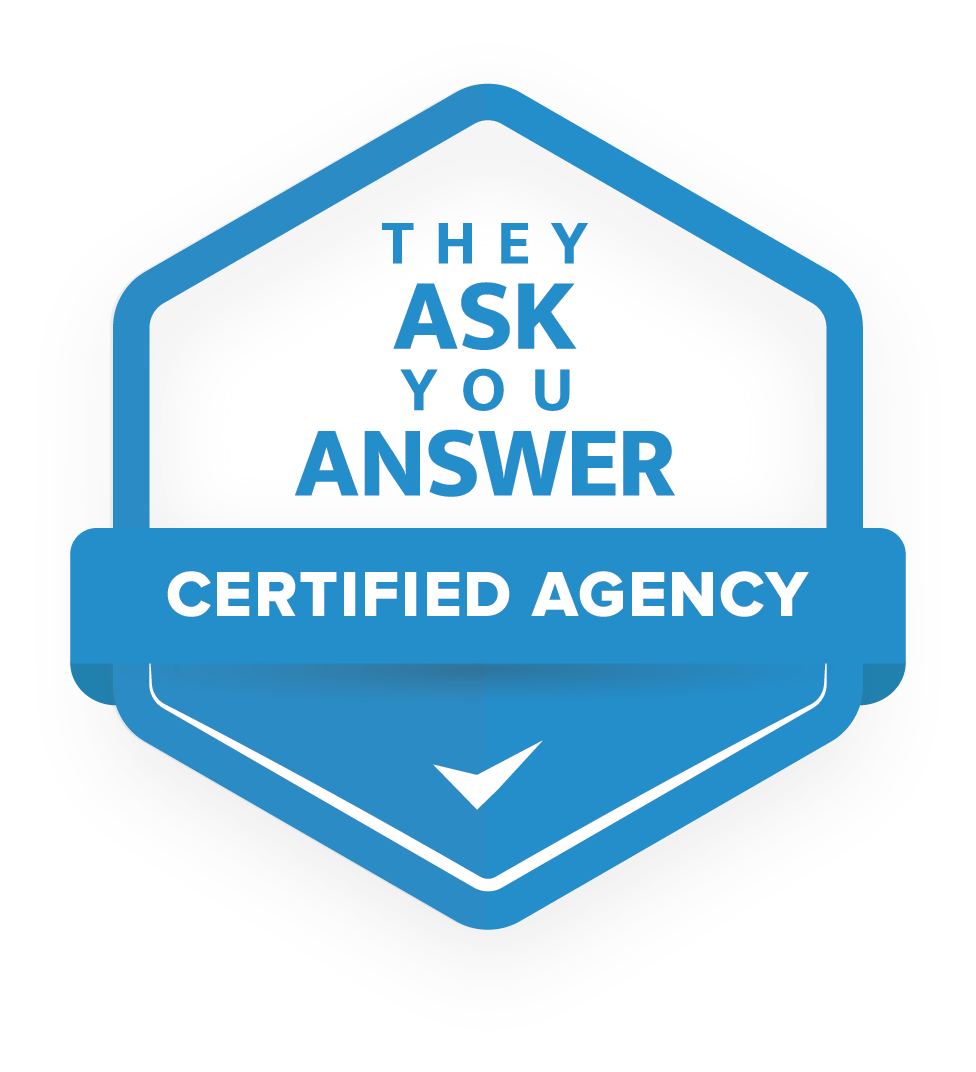The 5 components of an effective sales funnel

Do you ever feel like your marketing isn't really working? That you're spending money on a website that isn't producing much? Or that you see leads drying up without knowing how to get them going again?
You're not alone. Many entrepreneurs struggle with these challenges. They have the idea that effective marketing must be complicated and expensive. But what if I told you there is a simple solution that works for any business, regardless of your product or target audience?
As a StoryBrand trainer at Buzzlytics, I help business owners simplify their marketing and make it more effective using the StoryBrand method. In my own experience, a well-designed sales funnel is the key to growth without having to spend a fortune or be a marketing expert.
In this article, I'm going to explain to you exactly what a sales funnel is and how you can set one up yourself. You'll learn about the five essential components and how you can use them to generate leads and win customers. After reading this article, you will have a clear roadmap to streamline your marketing and grow your business.
This article is a translation/editing of the article The 5 Parts of an Effective Sales Funnel, by Dr. J.J. Peterson, who received his Ph.D. from StoryBrand Framework.
It's about knowing when to inform, when to listen and when to encourage your client to take the right step.
The 3 stages of building a relationship with your customers
Before we get into building the funnel, it's important to realize that all relationships go through three phases. A sales funnel builds relationships with your customers over time and does so by respecting these three stages: curiosity, depth and commitment.
- Curiosity: In this phase, you attract your client's attention. Your job is to generate interest by showing what problem you solve or what makes you unique. Don't overwhelm people with too much information or put too much pressure on them.
- Deepen: Now that you have their attention, help customers understand what you stand for. Provide more information about what you offer and engage them in a story. Show how your product or service can improve their lives.
- Commitment: In this final stage, the customer decides to buy from you. Don't push too hard for a sale; that comes across as desperate. Focus on making the buying process as smooth as possible and offer help where needed.
A well-designed sales funnel respects these stages and guides customers through each one at a comfortable pace. It's about knowing when to inform, when to listen and when to encourage your customer to take the right step.
The 5 parts of a sales funnel according to StoryBrand
A good sales funnel helps you build relationships with potential customers and guide them step by step to a purchase. Let's look at the key components:
Part 1: Your one-liner
Your one-liner is your elevator pitch - a short, powerful sentence that lets people see why they need your product or service. A good one-liner contains these parts:
- The problem you solve
- Your product or service
- The positive result for the customer
An example of an e-bike store:
"With 110 new residents a day in Nashville, people are wasting more and more time in traffic jams. A custom Circuit E-Bike will get you to work faster and add hours to your day."
Use your one-liner everywhere: email signatures, social media, your website, etc.
A one-liner is a short, powerful sentence that makes people see why they need your product or service.
Component 2: Your website
Your website guides customers through the curiosity phase. An effective website:
- Is clear and concise
- Is designed to convert visitors into customers
- Turns to the right message, ease of use and clear call-to-actions
Remember: a beautiful design alone is not enough. The right message is just as important.
Component 3: Your lead generator
A lead generator helps customers in the in-depth phase. You offer something of value (e-book, PDF, discount code) in exchange for an email address.
A good lead generator:
- Solves an acute problem for your customer
- Positions you as the guide who can help
- Converts website visitors into leads
A good website is not only beautiful, but also communicates the right message.
Component 4: Nurture campaigns
Email nurture campaigns keep leads engaged. They are regular emails with valuable content such as tips or weekly updates.
With this:
- You build confidence
- You establish yourself as a reliable guide
- You reinforce your brand message
Component 5: Sales campaigns
This is where you close the deal. A typical sales campaign consists of 5-8 emails that:
- Highlight the benefits of your product or service
- Address specific concerns
- Create urgency (e.g., with temporary offers)
A good sales funnel is a powerful marketing tool
A good sales funnel doesn't have to be complicated or expensive. By consistently applying the five components we've discussed, you can create a powerful marketing tool that generates leads and wins customers.
Remember that the real power of a sales funnel lies in its full utilization. The more you use all the components, the more you will see your business grow. It's all about building relationships with your potential customers, guiding them through the stages of curiosity and depth, and ultimately bringing them to the point where they are ready to make a purchase.
The power of a sales funnel lies in making full use of all its parts.
At Buzzlytics, we see businesses transform their marketing every day with the help of a well-designed sales funnel. We help business owners get their message clear, transform their website into an effective sales tool, and set up email campaigns that truly resonate with their target audience.
Want to get started setting up your own sales funnel? We can help you do just that. Schedule an appointment with one of our consultants today to discuss whether a StoryBrand implementation is right for you.
Related articles
January 24, 2025
-
Reading time: +/- 8 min
February 13, 2025
-
Reading time: +/- 7 min
January 28, 2025
-
Reading time: +/- 10 min
March 6, 2024
-
Reading time: +/- 7 min








